目录
java 输出重定向.......................................................................................2
java 输入重定向.....................................................................................2
java 中使用控制台输入.............................................................................2
java 输入输出重定向...............................................................................3
Java 中输入多组数据时的技巧...................................................................3
Java 中对象无重复排序..............................................................................4
单链表......................................................................................................7
循环链表...................................................................................................9
栈..............................................................................................................11
队列..........................................................................................................13
二叉排序树................................................................................................15
最小生成树(普里姆算法).........................................................................18
深度优先搜索和广度优先搜索.....................................................................21
最短路径求解—Dijkstra 算法.......................................................................26
1
�
1、 java 输出重定向
import java.io.FileOutputStream;
import java.io.PrintStream;
public class Main {
public static void main(String args[]) throws Exception {
PrintStream out = new PrintStream(new
FileOutputStream("pc2.estdout"));
System.setOut(out);
System.out.println("Hello World!");
out.close();
}
}
2、 java 输入重定向
import java.io.BufferedInputStream;
import java.io.FileInputStream;
import java.util.Scanner;
public class Test08 {
public static void main(String[] args) throws Exception {
// 输入重定向
BufferedInputStream in = new BufferedInputStream(new
FileInputStream("std.in"));
System.setIn(in);
Scanner stdin = new Scanner(System.in);
int a = stdin.nextInt();
int b = stdin.nextInt();
System.out.print(a + b);
}
}
3、java 中使用控制台输入
import java.util.Scanner;
public class Main {
public static void main(String[] args) {
Scanner input = new Scanner(System.in);
String str1 = input.nextLine();
System.out.println(str1);
2
�
}
}
4、java输入输出重定向
import java.io.BufferedInputStream;
import java.io.FileInputStream;
import java.io.FileOutputStream;
import java.io.PrintStream;
import java.util.Scanner;
public class Main {
public static void main(String[] args) throws Exception {
// 输入重定向
BufferedInputStream in = new BufferedInputStream(new
FileInputStream("std.in"));
System.setIn(in);
Scanner stdin = new Scanner(System.in);
int a = stdin.nextInt();
int b = stdin.nextInt();
// 输出重定向
PrintStream out = new PrintStream(new
FileOutputStream("estdout.pc2"));
System.setOut(out);
System.out.print(a + b);
out.close(); // 关闭重定向
}
}
Java 中输入多组数据时的技巧
public class Main {
public static void main(String[] args) {
Scanner sc = new Scanner(System.in);
int m = sc.nextInt(); // 表示有m组数据
Activity[] act = null;
Activity[][] t = new Activity[m][];
for (int i = 0; i < m; i++) {
int n = sc.nextInt(); // 表示有n个活动
act = new Activity[n];
for (int k = 0; k < n; k++) {
act[k] = new Activity();
}
3
�
for (int j = 0; j < n; j++) {
act[j].setTime(sc.nextInt(), sc.nextInt());
}
t[i] = act;
}
for (int i = 0; i < m; i++) {
sort(t[i]);
delete(t[i]);
System.out.println(count(t[i]));
}
}
Java 中对象无重复排序
import java.util.ArrayList;
import java.util.Arrays;
import java.util.Comparator;
import java.util.HashSet;
import java.util.Scanner;
public class Per {
public static void main(String[] args) {
Scanner sc = new Scanner(System.in);
int m = sc.nextInt(); // 代表m组测试数据
for (int i = 0; i < m; i++) {
int n = sc.nextInt(); // 代表n个长方形
Rect[] s = new Rect[n];
for (int j = 0; j < n; j++) {
int a = sc.nextInt();
int b = sc.nextInt();
int c = sc.nextInt();
int height = b > c ? b : c;
int width = b < c ? b : c;
s[j] = new Rect(a, height, width);
}
HashSet set = new HashSet();
ArrayList list = new ArrayList();
for (int j = 0; j < s.length; j++) {
if (set.add(s[j]))
list.add(s[j]);
}
Object[] arr = list.toArray();
4
�
Arrays.sort(arr, new MyComparator());
for (Object j : arr)
System.out.println(j);
}
}
public static class MyComparator implements Comparator {
@Override
public int compare(Object o1, Object o2) {
Rect rc1 = (Rect) o1;
Rect rc2 = (Rect) o2;
if (rc1.id > rc2.id) {
return 1;
} else if (rc1.id < rc2.id) {
return -1;
} else {
if (rc1.height > rc2.height) {
return 1;
} else if (rc1.height < rc2.height) {
return -1;
} else {
if (rc1.width > rc2.width) {
return 1;
} else if (rc1.width < rc2.width) {
return -1;
} else
return 0;
}
}
}
}
public static class Rect {
int height;
int id;
int width;
public Rect(int i, int hei, int wid) {
height = hei;
id = i;
width = wid;
}
5
�
public String toString() {
return id + " " + height + " " + width;
}
public boolean equals(Object o) {
Rect t = (Rect) o;
return t.height == height && t.id == id && t.width == width;
}
public int hashCode() {
return 3 * height + 4 * id + 5 * width;
}
}
}
6
�
Java 中的常用数据结构
1. 单链表
public class Main {
public static void main(String[] args){
LinkList l = new LinkList();
l.add("A");
l.add("B");
l.add("C");
l.add("D");
l.add("E");
printList(l.head);
System.out.println();
LinkNode t = l.search("E");
System.out.println(t.data);
l.delete("E");
LinkNode t1 = l.search("E");
System.out.println(t1.data);
}
public static void printList(LinkNode tmp){
System.out.print(tmp.data+" ");
if(tmp.next!=null){
printList(tmp.next);
}
}
}
//定义节点类
class LinkNode{
Object data = null;
LinkNode next = null;
public LinkNode(Object data){
//保存节点内容
//保存节点的下一个节点
this(data,null);
}
public LinkNode(Object data,LinkNode tmp){
this.data = data;
this.next = tmp;
}
}
//定义链表类,对节点进行封装
class LinkList{
7
�
LinkNode head = null;
LinkNode p = null;
//向链表中增加成员
public void add(Object data){
//定义头结点
//p节点用来保存节点移动后的当前位置
LinkNode tmp = new LinkNode(data);
if(head==null){
head = tmp;
p = tmp;
p.next = null;
}else{
p.next = tmp;
p = tmp;
p.next = null;
}
}
//查找链表中的某节点
public LinkNode search(Object data){
//用于判断节点是否找到
p = head;
boolean i = false;
while(p!=null){
if(p.data==data){
i = true;
break;
}
p = p.next;
}
if(i==false){
return (new LinkNode("不存在"));
}else{
return p;
}
}
//删除链表中某节点
public void delete(Object data){
if(search(data).data=="不存在"){
System.out.println("找不到该节点,删除失败!");
}else{
LinkNode tmp;
tmp = search(data);
if(tmp.next!=null){
//找到要删除的节点tmp
LinkNode ch;
//通过将要删除的节点(即tmp)的下一个节点的内
ch = tmp.next;
//然后再将tmp的下一个节点从链表中移走达到删
容传给tmp,
除tmp的目的
8
�
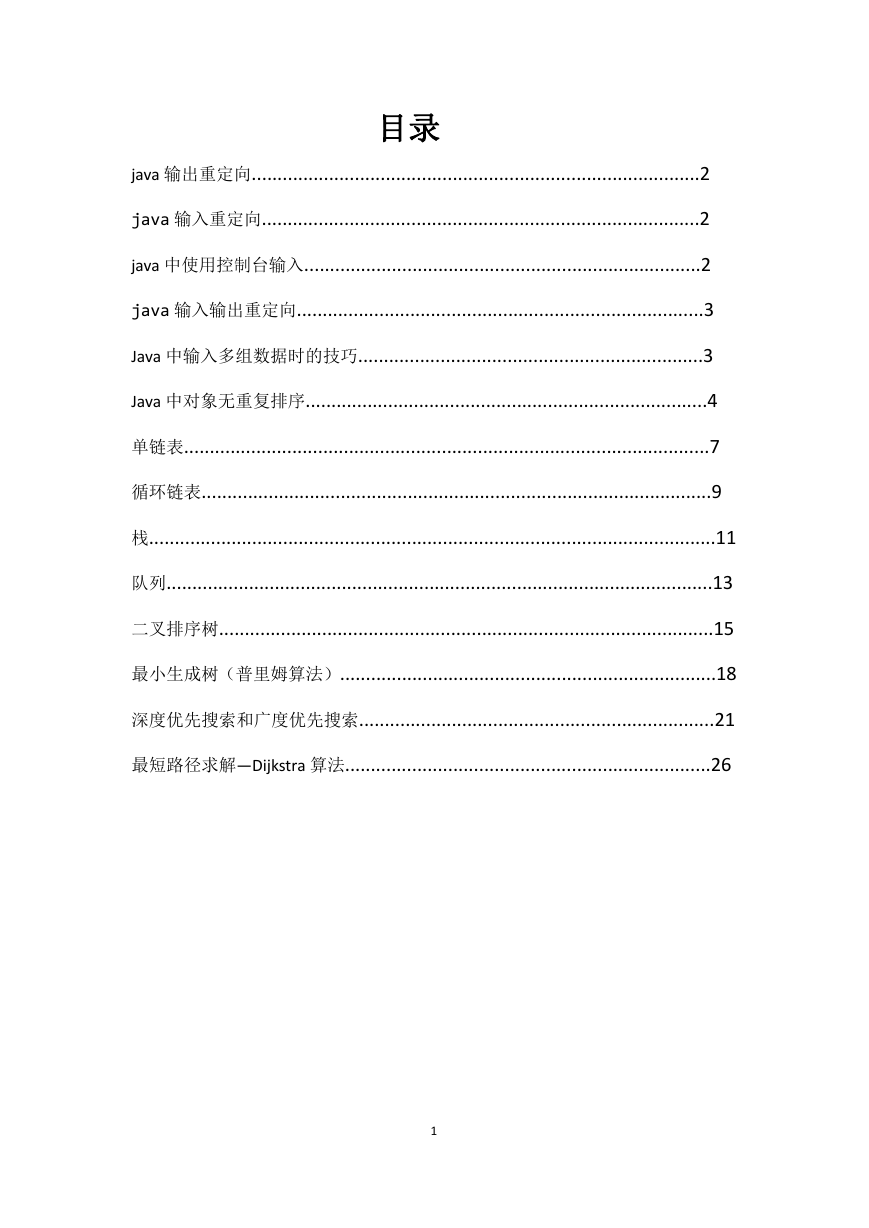
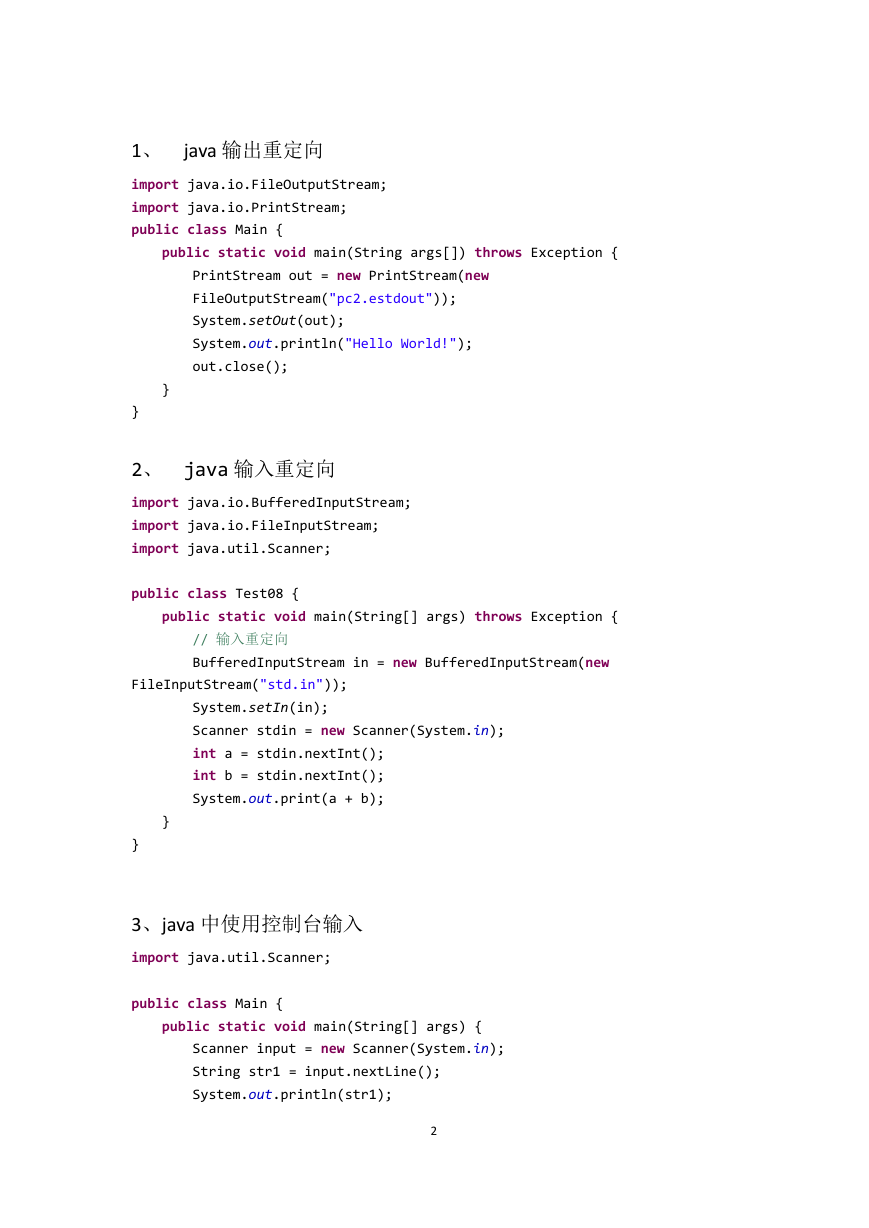
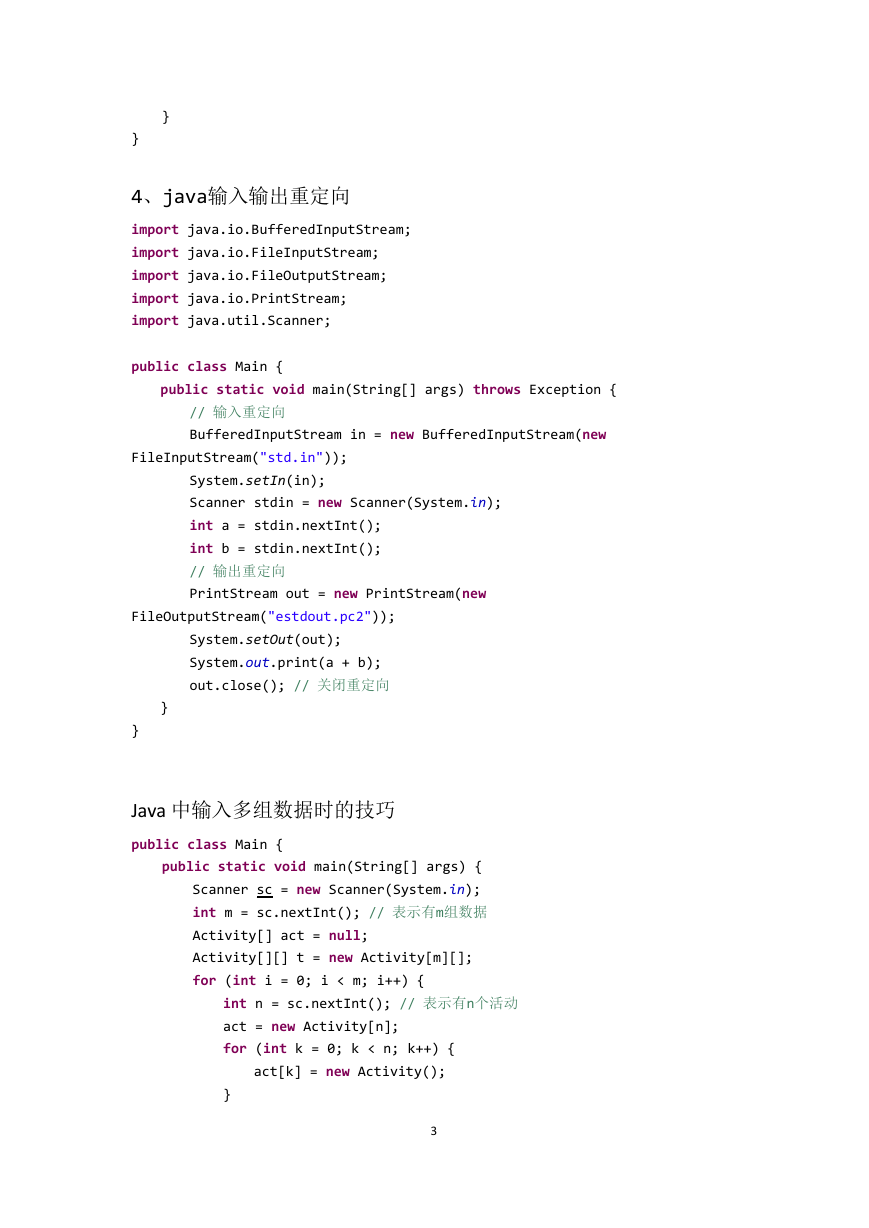
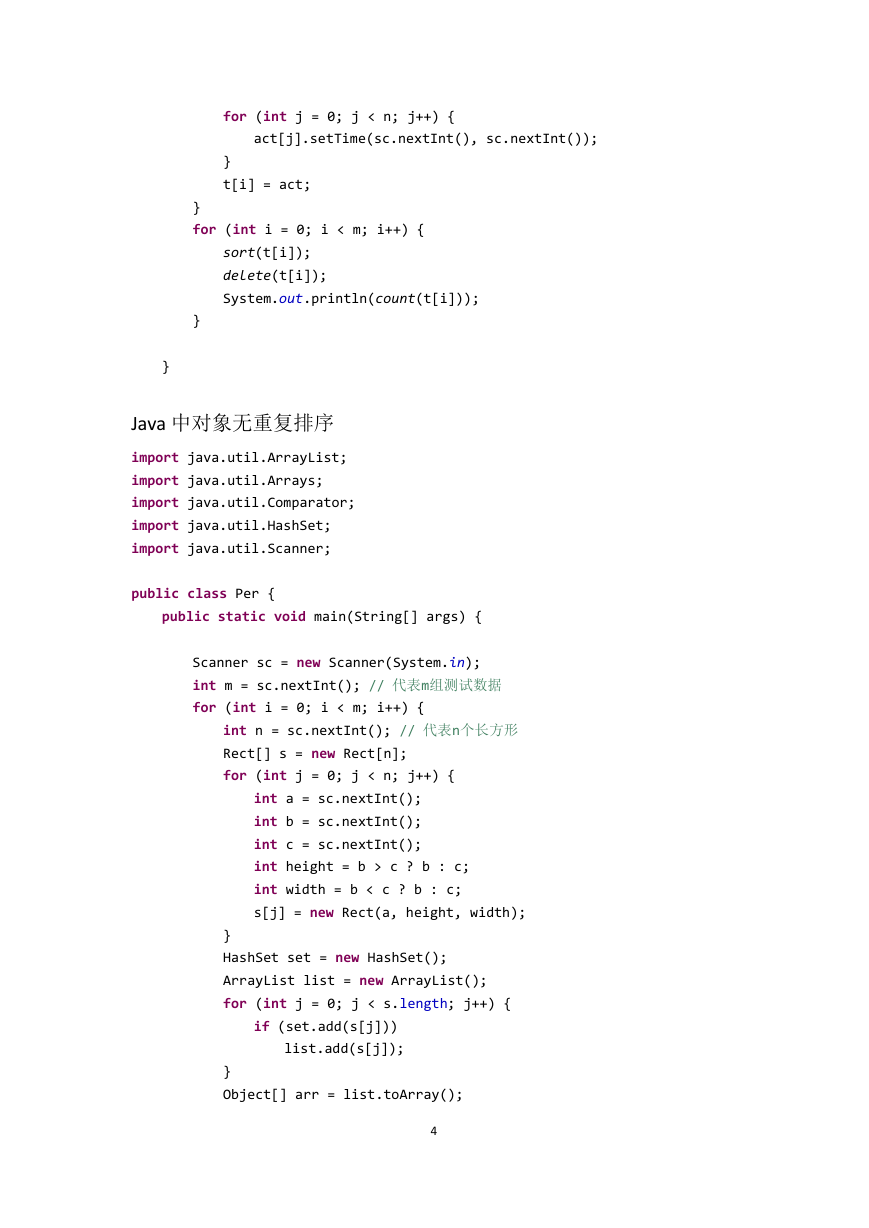
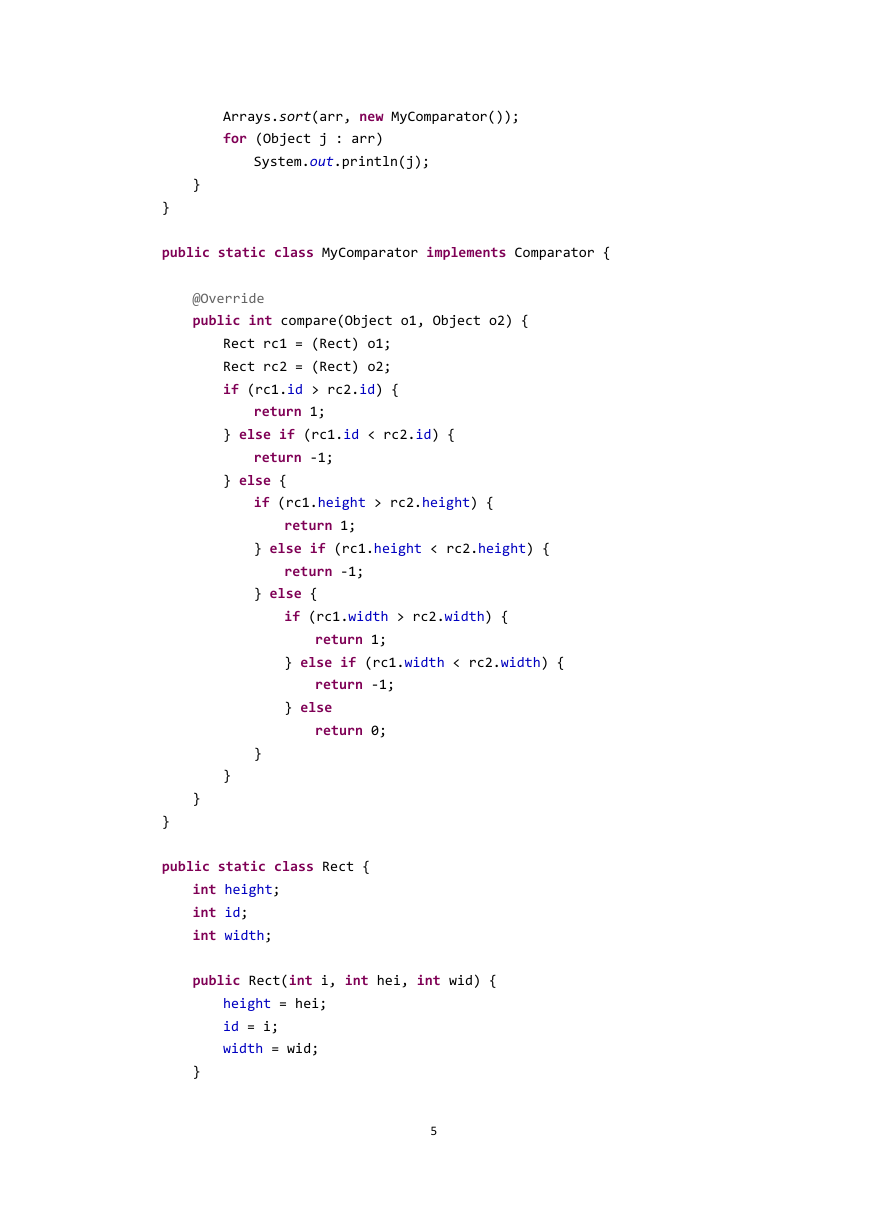
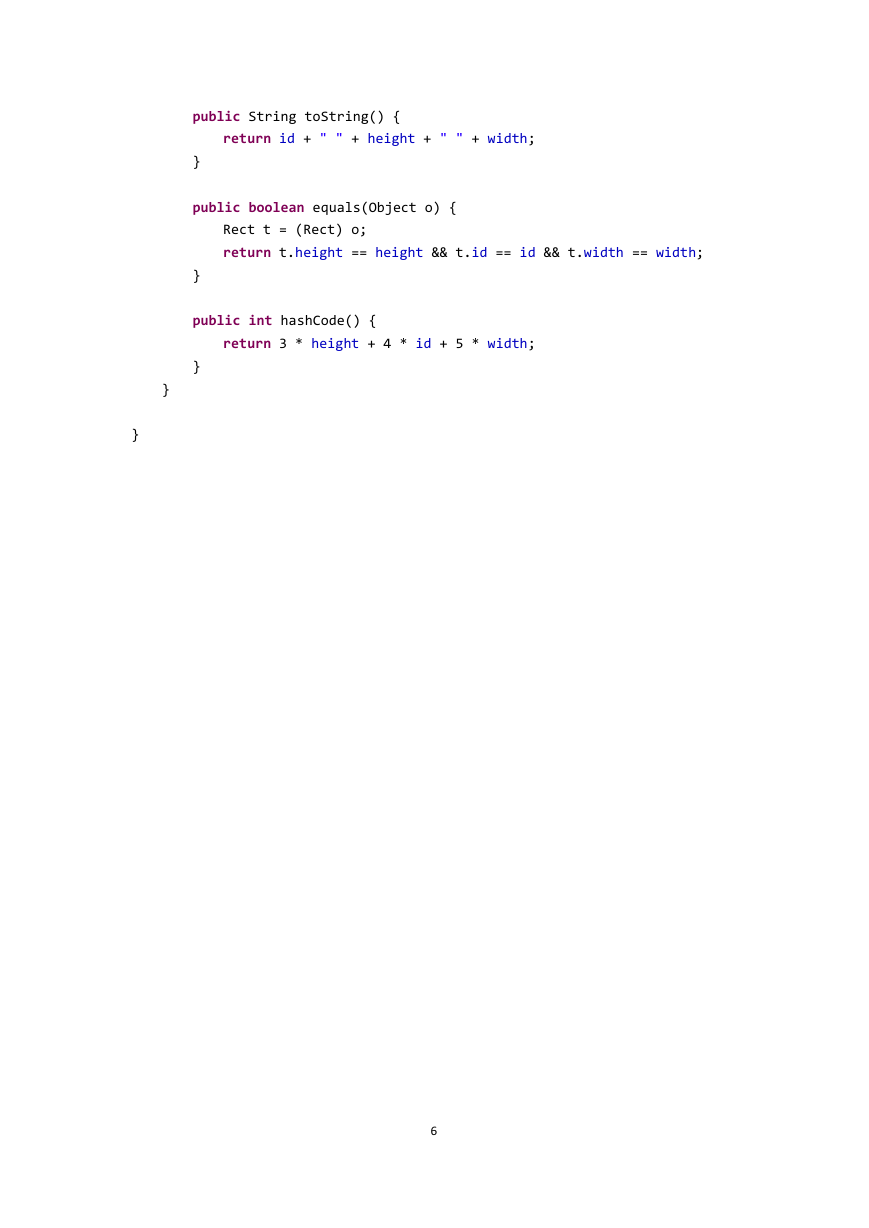
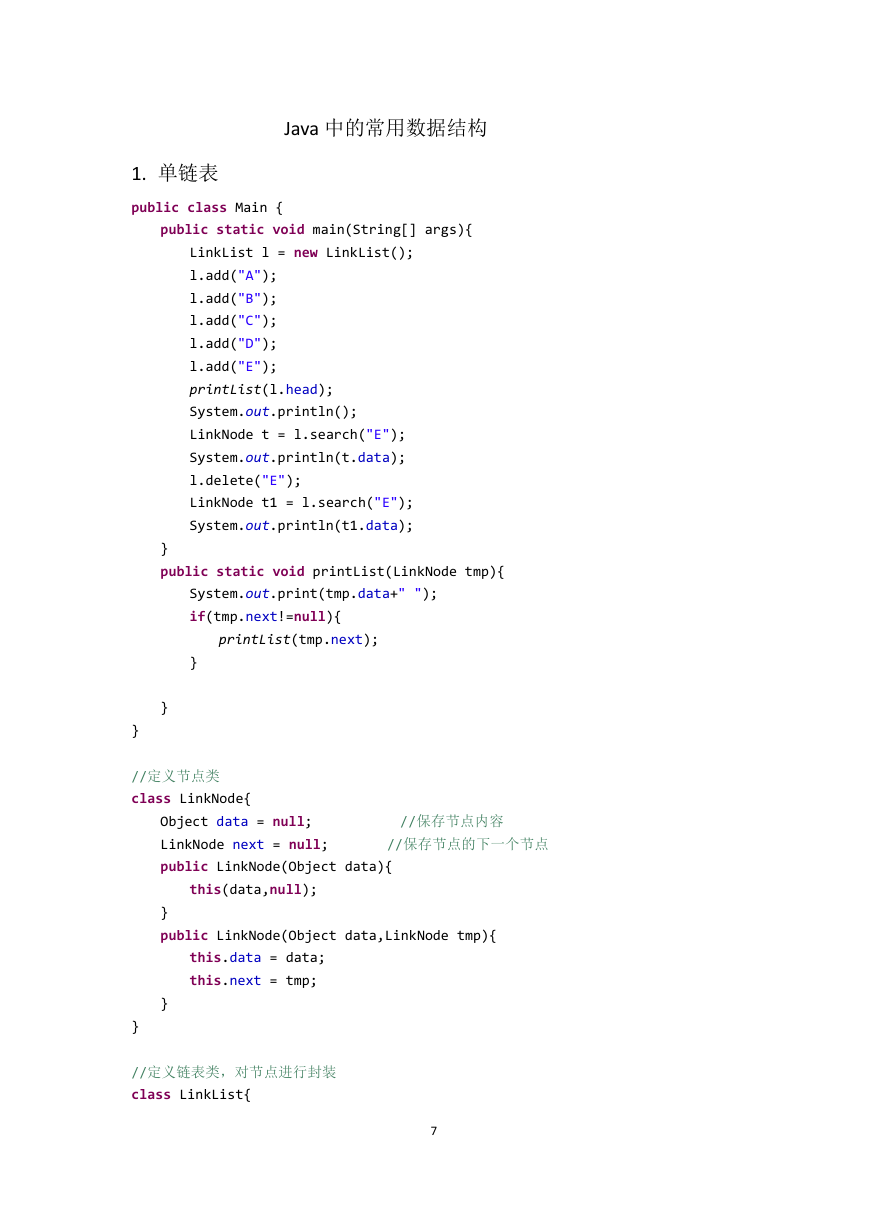
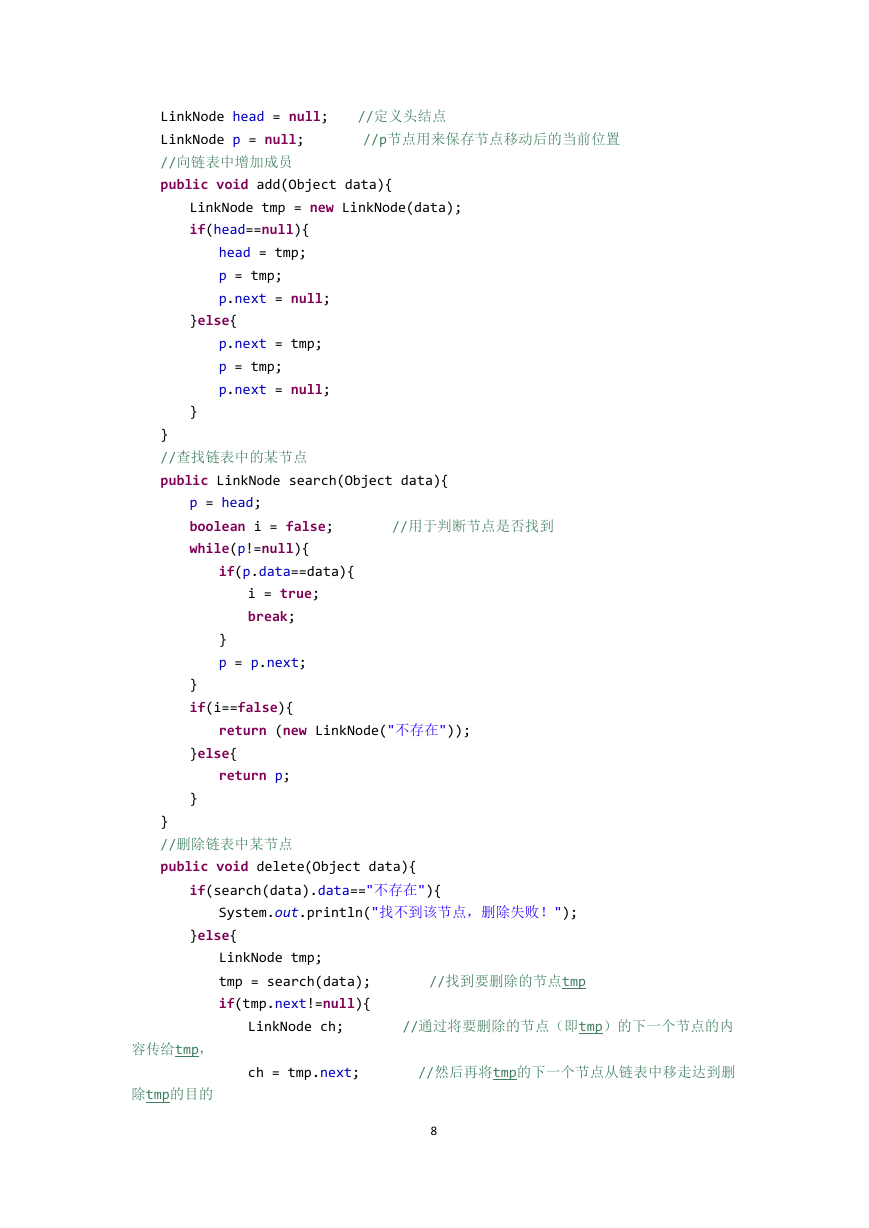








 2023年江西萍乡中考道德与法治真题及答案.doc
2023年江西萍乡中考道德与法治真题及答案.doc 2012年重庆南川中考生物真题及答案.doc
2012年重庆南川中考生物真题及答案.doc 2013年江西师范大学地理学综合及文艺理论基础考研真题.doc
2013年江西师范大学地理学综合及文艺理论基础考研真题.doc 2020年四川甘孜小升初语文真题及答案I卷.doc
2020年四川甘孜小升初语文真题及答案I卷.doc 2020年注册岩土工程师专业基础考试真题及答案.doc
2020年注册岩土工程师专业基础考试真题及答案.doc 2023-2024学年福建省厦门市九年级上学期数学月考试题及答案.doc
2023-2024学年福建省厦门市九年级上学期数学月考试题及答案.doc 2021-2022学年辽宁省沈阳市大东区九年级上学期语文期末试题及答案.doc
2021-2022学年辽宁省沈阳市大东区九年级上学期语文期末试题及答案.doc 2022-2023学年北京东城区初三第一学期物理期末试卷及答案.doc
2022-2023学年北京东城区初三第一学期物理期末试卷及答案.doc 2018上半年江西教师资格初中地理学科知识与教学能力真题及答案.doc
2018上半年江西教师资格初中地理学科知识与教学能力真题及答案.doc 2012年河北国家公务员申论考试真题及答案-省级.doc
2012年河北国家公务员申论考试真题及答案-省级.doc 2020-2021学年江苏省扬州市江都区邵樊片九年级上学期数学第一次质量检测试题及答案.doc
2020-2021学年江苏省扬州市江都区邵樊片九年级上学期数学第一次质量检测试题及答案.doc 2022下半年黑龙江教师资格证中学综合素质真题及答案.doc
2022下半年黑龙江教师资格证中学综合素质真题及答案.doc